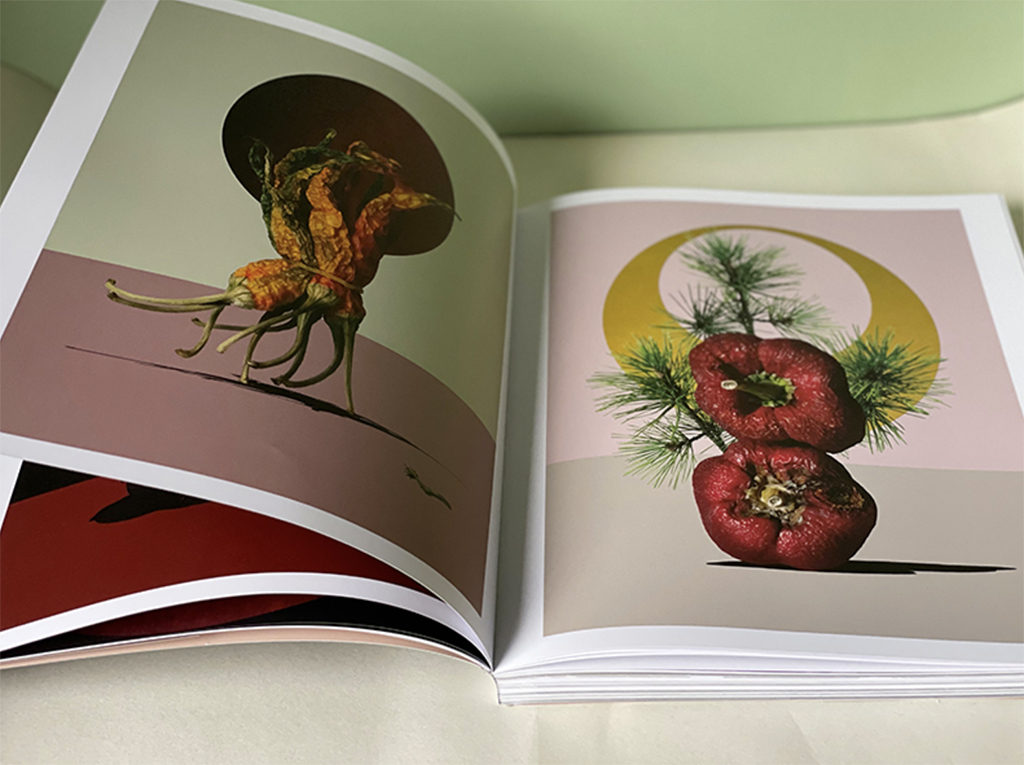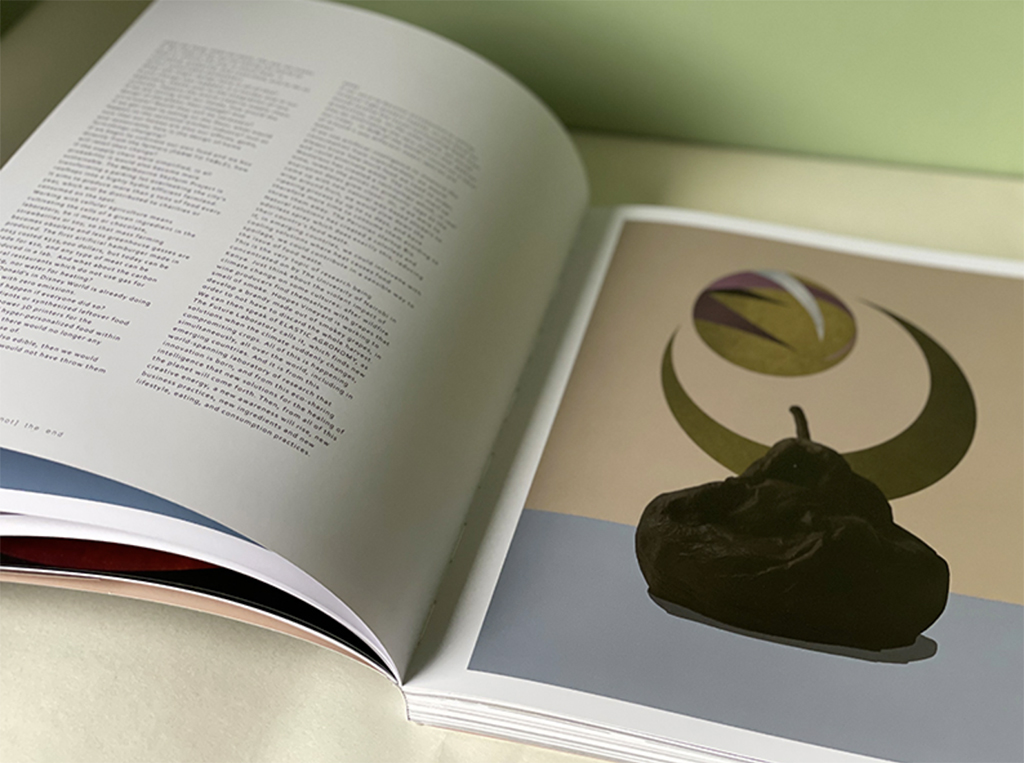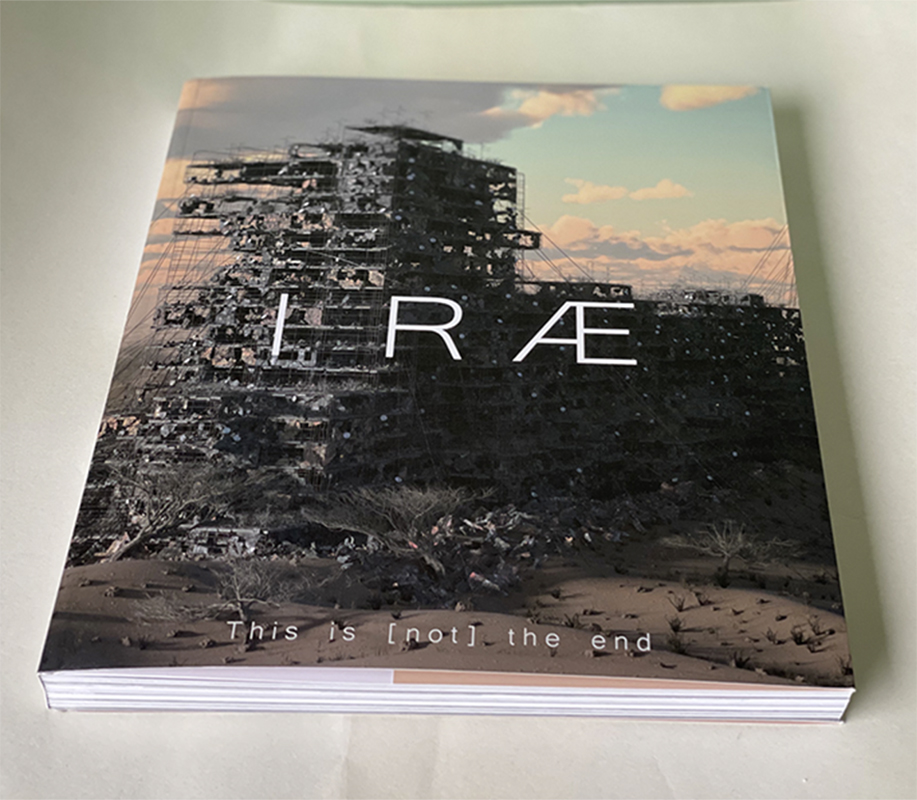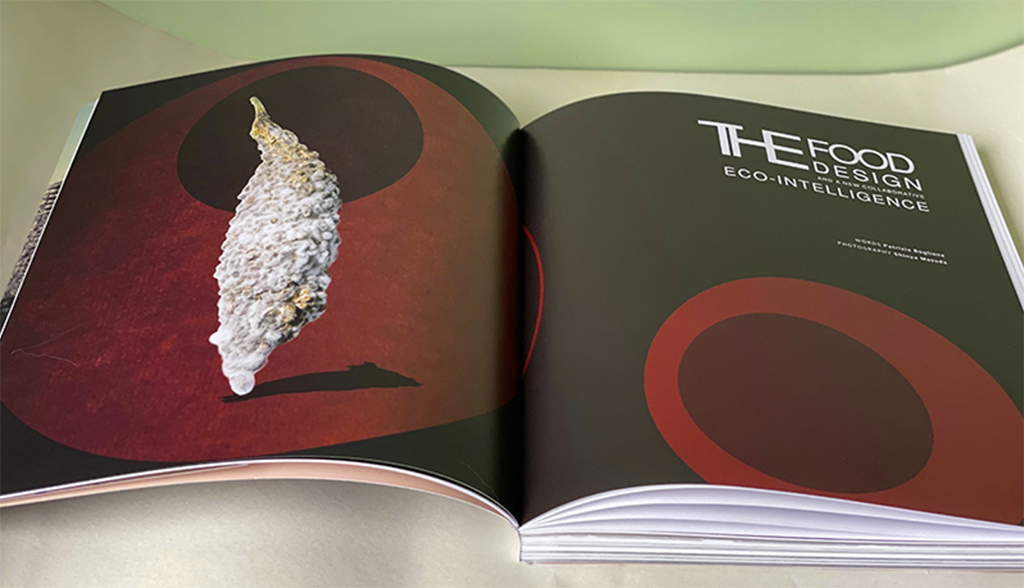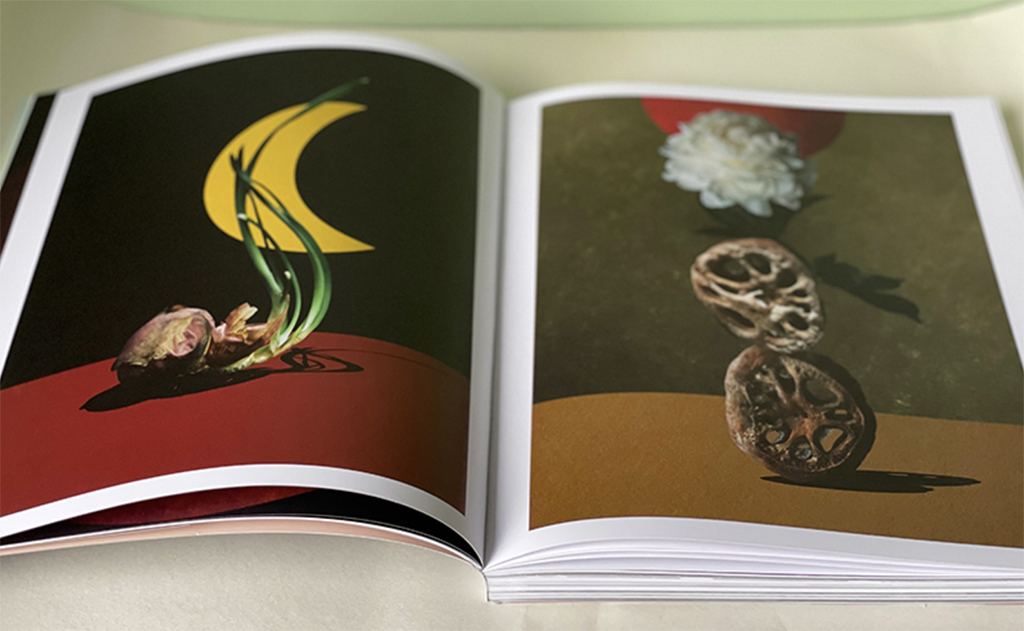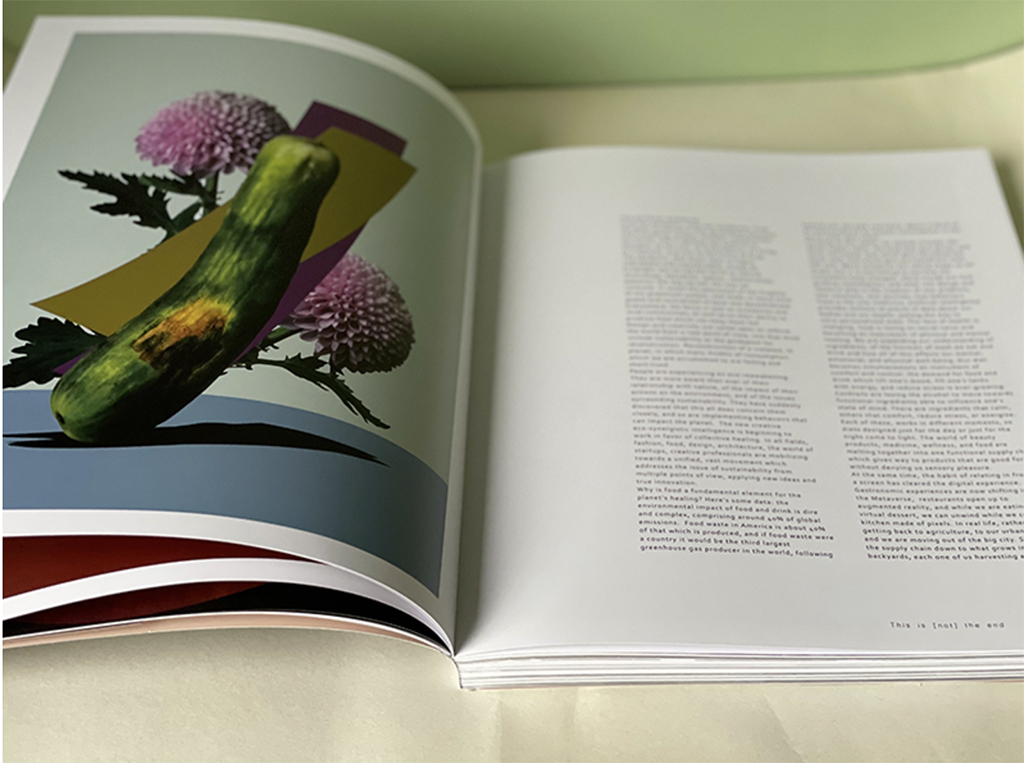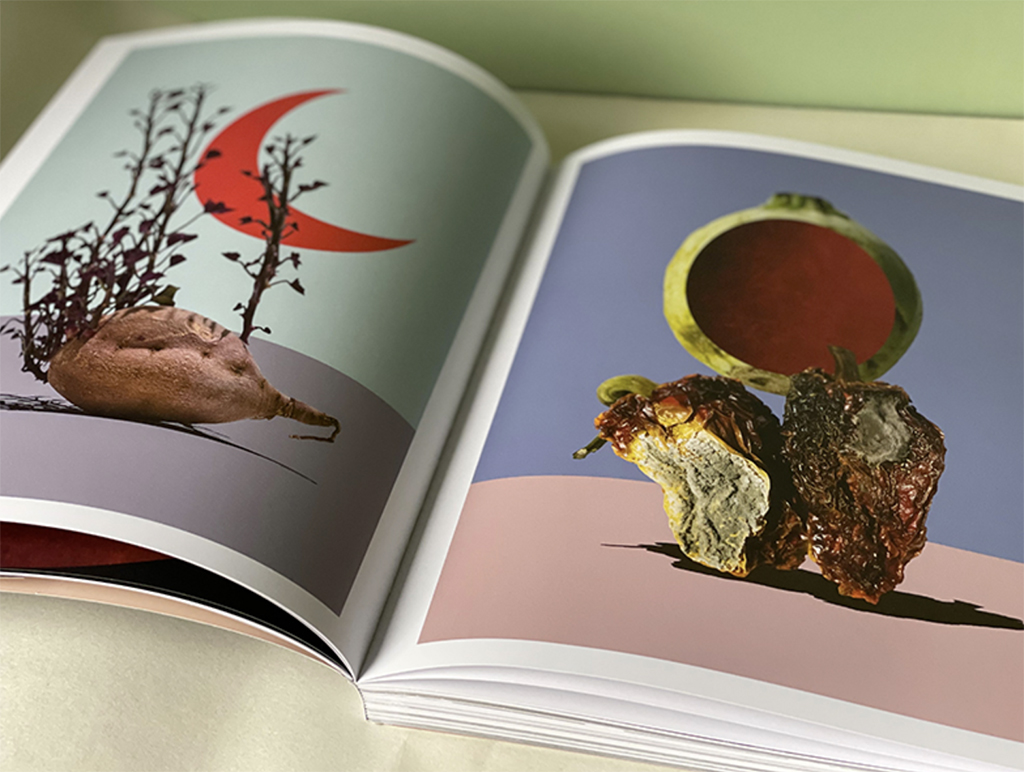MY ARTICLES ABOUT FOOD, ARTS, SUSTAINABILITY
The world has awakened. From the pandemic, from the lockdowns, from the great acceleration that devastated everyone and everything: people, markets, communities, territories, and is opening new avenues to thoughts, to the arts, to consumption, to living, to creativity. And also to the future of food.
The pandemic, that black swan so highly improbable and unpredictable, except by hindsight, has forced the world to rethink technology, education, spaces, relationships, behavior, the way we eat, the way we consume. It raised the awareness of the fragility of the globalized system, and made us move from global and centralized to local and decentralized.
Everywhere, the focus is now on economies and local communities, as well as on their ability to produce food which can keep them fed. Design and creativity are called upon to rethink the world from a new point of view, one that must include sustainability as the guidepost for reconstruction. Reconstruction of a violated, ill planet, in which many models of consumption which we are accustomed to are failing and short-lived. People are experiencing an eco-reawakening. They are more aware than ever of their relationship with nature, of the impact of their actions on the environment, and of the issues surrounding sustainability.
They have suddenly discovered that this all does concern them closely, and so are implementing behaviors that can impact the planet. The new creative eco-synergistic intelligence is beginning to work in favor of collective healing. In all fields, fashion, food, design, architecture, the world of startups, creative professionals are mobilizing towards a unified, vast movement which addresses the issue of sustainability from multiple points of view, applying new ideas and true innovation.
Why is food a fundamental element for the planet’s healing?
Here’s some data: the environmental impact of food and drink is dire and complex, comprising around 40% of global emissions. Food waste in America is about 40% of that which is produced, and if food waste were a country it would be the third largest greenhouse gas producer in the world, following behind only the USA and China. About a third of all food produced for human consumption in the world never gets eaten. Thinking of this waste, we should consider the whole supply chain: the food that gets grown and never harvested, that which gets harvested but never sold, that which gets purchased but then left over. Many initiatives are taking shape on all levels, but it is interesting to see how the consumers have changed, which trends are now guiding consumption, and what role design and research play in the creation of new products, new solutions, new services, new behaviors.
Food is the new medicine, artificial intelligence provides millions of pieces of data about our bodies and our health, paving the way to ultra-personalized diets. The face of health is changing, food is losing its social value and becoming an instrument of physical and mental healing. We are expanding our understanding of ingredients, of the function of what we eat and drink and how all of this affects our mental, emotional, and physical well-being. Our diet becomes simultaneously an instrument of comfort and control: the demand for food and drink which lift one’s mood, fill one’s tanks with energy, and reduce stress is ever-growing.
Cocktails are losing the alcohol to move towards functional ingredients able to influence one’s state of mind. There are ingredients that calm, others that comfort, reduce stress, or energize. Each of these, works in different moments, so diets designed just for the day or just for the night come to light. The world of beauty products, medicine, wellness, and food are melting together into one functional supply chain which gives way to products that are good for us, without denying us sensory pleasure.
At the same time, the habit of relating in front of a screen has cleared the digital experience. Gastronomic experiences are now shifting in to the Metaverse, restaurants open up to augmented reality, and while we are eating our virtual dessert, we can unwind while we cook in a kitchen made of pixels.
In real life, rather, we are getting back to agriculture, to our urban gardens, and we are moving out of the big city. Shortening the supply chain down to what grows in our own backyards, each one of us harvesting according to what we need, what we want, the way we wants it.
But most of all, we are asking the world of food to rethink the way in which food is cultivated, produced, and consumed, and to do so within sustainable parameters. What role might design have in all of this? Every change that happens in a society and in our behaviors, thanks also to the integration of new cultures, impacts the entire creative supply chain.
If we are eating with our hands, how would the design of the plates then change? And silverware? Would they still be necessary? If we get used to eating on the floor, what would happen to the sectional kitchen industry? Just as now that our homes are also our offices, gyms, and restaurants, how is the design of home furnishings changing? If we begin to cultivate our own food and we buy directly from the farmers (FARM TO TABLE), how will retail then change? If the supply chain were simplified, in all probability it would also become more sustainable.The Melbourne Skyfarm Project is transforming a parking lot overlooking the city’s rooftops into a highly hydro efficient farmland. It aims to produce more than 5 tons of food every year, which will be distributed to charities or consumed on the spot.
Working with cellular agriculture means cultivating the cells of a given ingredient in the laboratory, be it meat or chocolate, strawberries or soy, so that mass farming becomes obsolete and less greenhouse gasses are produced. The first artificial hamburger made in 2013 costed $325,000 dollars, but today can be made for $10, and any type of meat can be produced in a lab. And what about the carbon neutral restaurants which do not use gas for cooking, nor water for heating? The McDonald’s in Disney World is already doing just that, with zero emissions. What would happen if everyone did so? If new ingredients or synthesized leftover food were used to power 3D printers for the reproduction of hyper-personalized food within one’s home, then there would no longer any packaging to dispose of. If packagings were also edible, then we would eat them as well, and would not have throw them away. If we were to become accustomed to eating invasive high-protein insects, on one hand we would resolve the issues surrounding food mass production, and, on the other hand, we would also be eliminating the very insects that destroy our crops. In 80% of the world’s countries a total of around 1.000 different insect species are eaten. If we use artificial intelligence to measure the consumption from supermarkets, we would always know how much food we need to order, and could eliminate waste.
The Israeli start up Wasteless has created a technology which, in real time, lowers the prices on products’ tags as the expiration dates
grow closer. Or, if we were to come up with new natural wax-based stickers to wrap around fruit, we would slow down the ripening process by up to 14 days, and have therefore more time to consume them avoiding to throw them away. The Peruvian startup Bio Natural solutions has created a colorless and odorless spray which does exactly this, reducing their country’s food waste. If, in emerging countries, we could intervene with cooling solutions where heat causes food spoilage, we could contribute in a sensible way to the issue of food waste.
This is the very topic of research being concentrated on by The University of Nairobi in Kenya. Just think about the violent impact of climate change on some cultures: after wildfire wine producers find themselves with grapes that smell of smoke. Hoopes Vineyard is working to develop a brandy made out of smokey grapes, in order to not have to discard the whole harvest. We can then speak of ELASTIC AGRONOMY, as The Future Laboratory calls it, which finds new solutions when the climate suddenly changes, compromising crops. All of this is happening simultaneously, all over the world, including in emerging countries.
And it is from this world-spanning laboratory of research that innovation is born, and from this eco-sharing intelligence that new solutions for the healing of the planet will come forth. Then, from all of this creative energy, a new awareness will rise, new business practices, new ingredients and new lifestyle, eating, and consumption practices.
